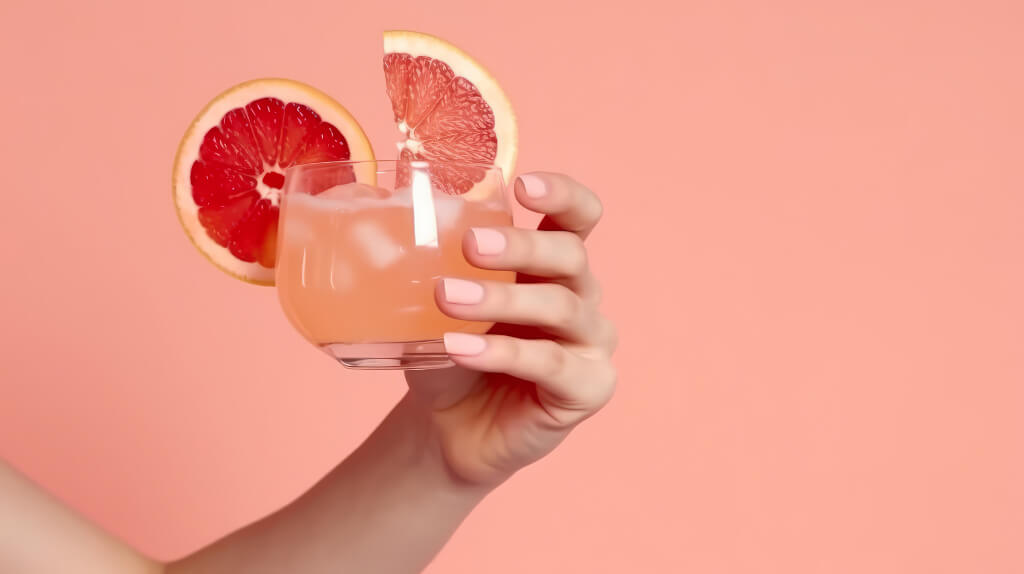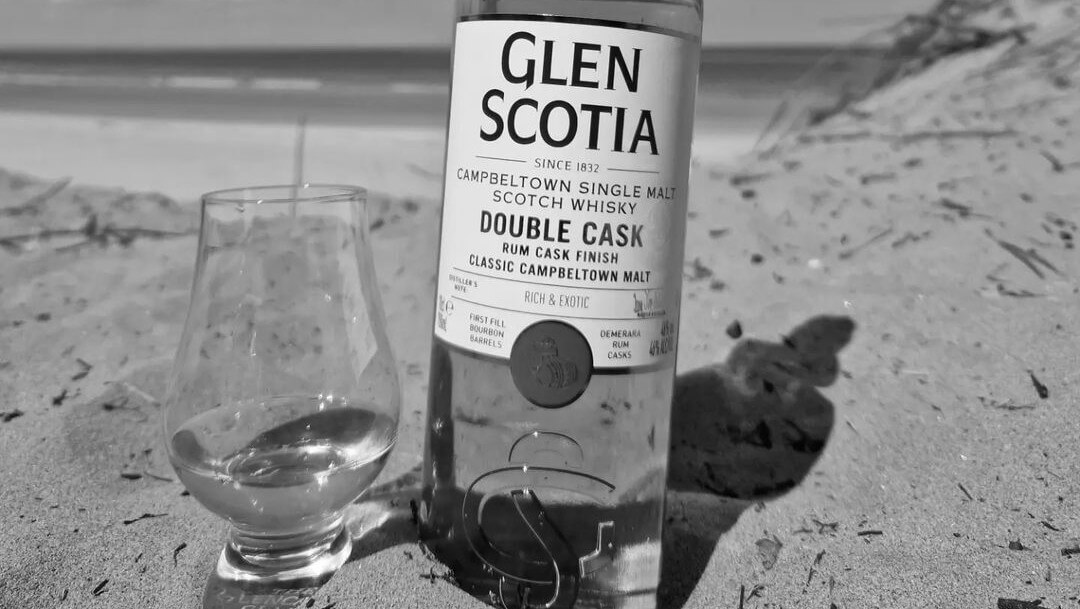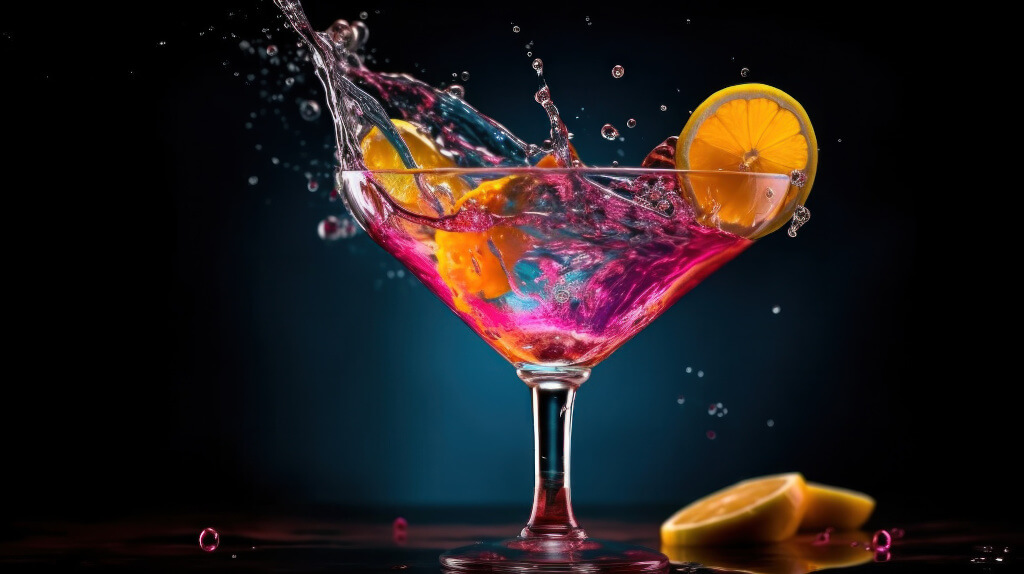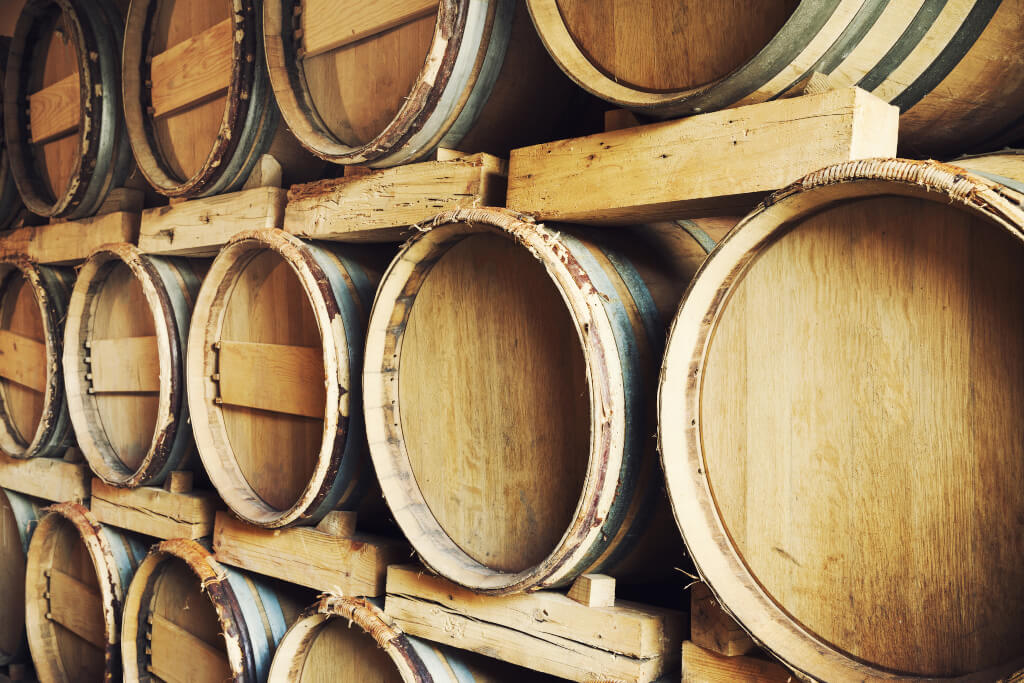Asian-produced Liquor

There is a wide variety of rare and delicious alcoholic beverages from throughout Asia. A few notable cases are as follows:
Baijiu From China
Baijiu, a traditional Chinese alcoholic beverage, has been distilled and consumed for millennia. Baijiu, a fermented grain liqueur, features a wide variety of flavours, from flowery and fruity to earthy and savoury. It can be made from sorghum, rice, or wheat. Maotai, Luzhou Laojiao, and Fenjiu are just a few of the well-known types.
Soju From Korea
In Korea, soju is the most widely consumed distilled spirit. Made originally with rice, contemporary preparations may also use barley or sweet potatoes. Soju has a refined flavour that makes it popular both on its own and in refreshing cocktails.
Japanese Sake
Sake, often known as rice wine, is a popular Japanese alcoholic beverage that is fermented from rice. Crafting quality sake requires careful attention to detail in areas such as rice polishing, water purity, and yeast selection. Sake’s flavours can range from light and flowery to deep and robust.
Use of Time-Tested Production Techniques & Unique Flavours
The traditional ways of making these Asian spirits are integral to their unique flavours and symbolic value. Baijiu is fermented for extended periods in enormous earthenware jars or pits, which contributes to the liquor’s signature flavours. Soju is distilled and then filtered with charcoal to produce a clear and flavorful liquor. Brewing sake involves milling rice, undergoing several rounds of fermentation, and maintaining a very specific temperature range throughout the process.
These Asian liqueurs’ complex flavours are a nod to their countries’ long histories of fine dining. Baijiu captures the depth and variety of Chinese food with its herbal, flowery, umami-rich, and spicy flavours. Soju’s clean, neutral flavour complements the complex flavours found in Korean food. Sake’s range of subtle to powerful flavours makes it a versatile beverage that pairs well with a wide variety of Japanese cuisine.
Spirits Produced in African Countries
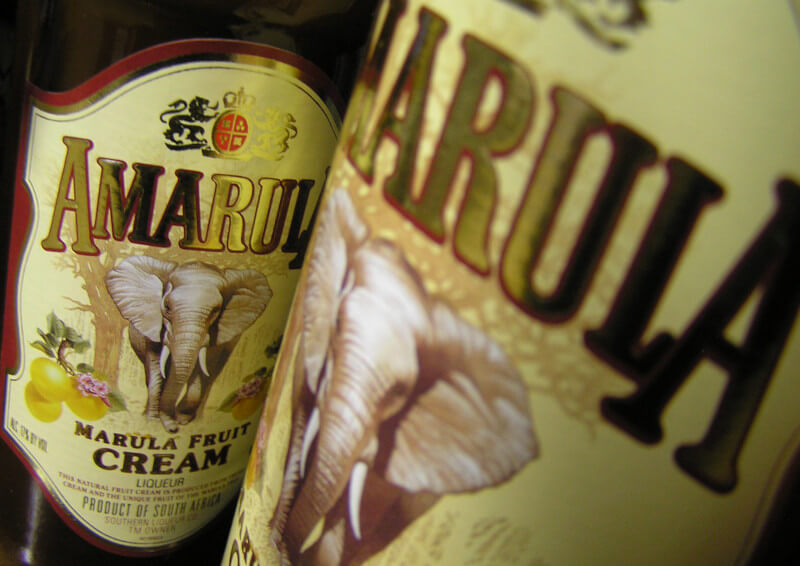
Native African alcoholic beverages are a colourful tapestry of the continent’s cultural diversity. A couple of illustrations are as follows:
South African Amarula
Originally from Southern Africa, the marula tree yields a velvety liqueur known as Amarula. A base spirit is made from fermented and distilled ripe marula fruit; this alcohol is then combined with cream. The flavour of Amarula is silky and rich, with undertones of caramel, vanilla, and exotic fruit.
Egyptian Aperitif Made with Ouzo
Egypt and other Mediterranean countries enjoy the anise-flavored drink known as ouzo. A standard recipe calls for infusing a neutral spirit with aromatic herbs like anise and fennel. Ouzo, a Greek liquor, has a flavour similar to licorice and is commonly used as an aperitif or in classic cocktails.
Importance in Terms of Culture and History
These locally produced alcoholic beverages are of great historical and cultural significance in Africa. Amarula, for instance, is closely linked to rituals and festivities in South African culture. In African tradition, the marula tree is a sign of prosperity, plenty, and fertilty. Because of its collaborative nature with African farmers, Amarula’s production also helps sustain local economies.
In contrast, the origins of ouzo may be traced back to the Mediterranean region, which includes Egypt. It’s been a social drink for generations, perfect for sharing with friends and family while snacking on mezze. The anise flavour of ouzo is highly prized in Egyptian culture, where it is seen as a sign of hospitality and good times.
European Countries Are Known for Their Exotic Liquors
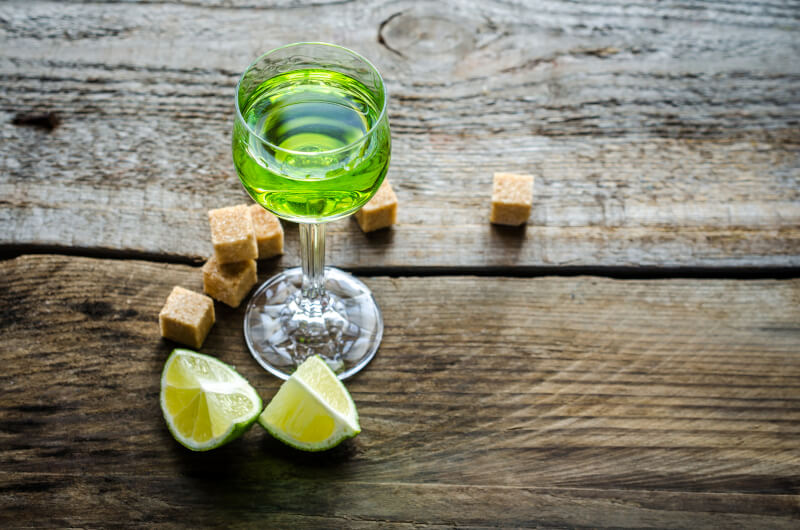
Europe is home to a wide variety of exotic alcoholic beverages that tantalise the senses and pay homage to the continent’s long and storied past. A couple of illustrations are as follows:
Switzerland’s Absinthe
Absinthe is an alcoholic beverage known for its anise flavour. In the late 19th and early 20th centuries, it was widely adopted by the bohemian subculture. The process of diluting absinthe with water and sugar has given the drink its recognisable green hue and distinctive flavour. Its distinctive herbal and licorice-like flavour comes from a proprietary blend of botanicals that includes wormwood, fennel, and anise.
Scandinavian Aquavit
Traditionally, caraway or dill seeds were used to flavour the Nordic drink known as aquavit. Throughout the years, it has been a staple during celebrations and holiday meals throughout the Nordic countries. Aquavit’s diverse flavour profile, which includes caraway, citrus, and herbal undertones, is a nod to the region’s nautical and agricultural past.
Fascinating Regional Differences and Origins
The complexity of the allure of these European unusual liquors comes from their fascinating histories and geographical variances. Absinthe, for example, gained mystique and allure since it was banned for a while due to fears that it contained hallucinogenic ingredients. Aquavit has a long history in Scandinavia, and the spirit has evolved to reflect regional differences in production techniques and flavour profiles.
Learn more about the cultural fabric of the countries that make these European unusual liquors by delving into their history and regional variances. This gives connoisseurs a deeper understanding of the art, culture, and flavour that have made these spirits iconic in their home countries.
South America
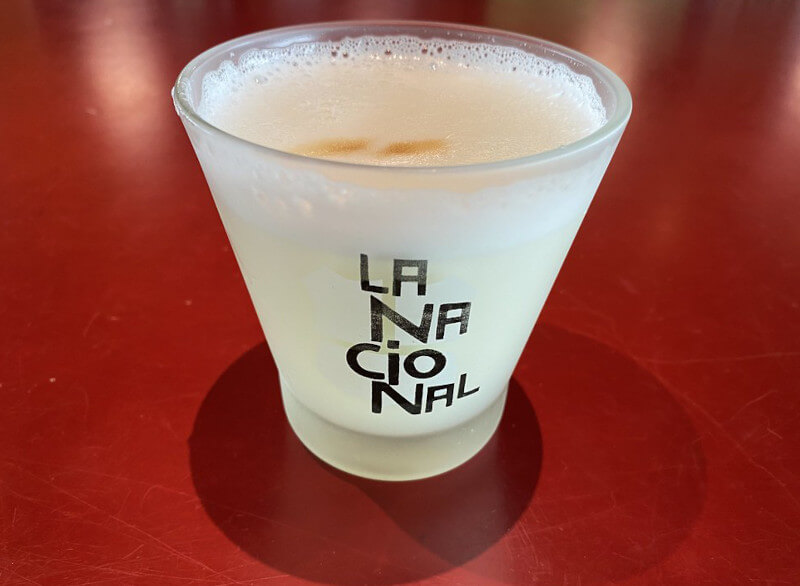
The diverse spirits produced in South America are a fascinating reflection of the region’s rich cultural heritage. A couple of illustrations are as follows:
Peruvian Pisco
Peruvian pisco is a type of grape brandy. Specifically, the Quebranta, Italia, and Moscatel grapes are fermented and distilled to produce this liqueur. Pisco has a fruity and mellow flavour, yet it can also be fragrant and floral or even powerful and robust. Some of the most well-known Pisco brands include Pisco Portón and Barsol Pisco.
Brazil’s Cachaça Rum
Cachaça, a sugarcane spirit, is the foundation of the Caipirinha, Brazil’s national cocktail. The sugarcane juice is fermented and then distilled to create this beverage. Cachaça comes in both aged (amarela) and unaged (Branca) varieties, each having their own characteristic grassy and fruity flavour profile. Leblon, Sagatiba, and Avuá are all excellent options when looking for cachaça.
Distinctive Manufacturing Methods and Trendy Drinks
The distinctive flavours and deep cultural importance of these South American spirits can be traced back to the methods used in their creation. For example, Pisco is made by established protocols that govern the kind of grapes allowed in the distillation and ageing procedures. The end product is a spirit that captures the character of the grapes and the skill of the distiller.
Cachaça is made by carefully extracting sugarcane juice and then fermenting and distilling it so that the original sugarcane flavours remain intact. It is perfect for tropical drinks like the Caipirinha, which blends muddled lime, sugar, and cachaça over ice and embodies the spirit of Brazil.
The Latin American and Caribbean Region
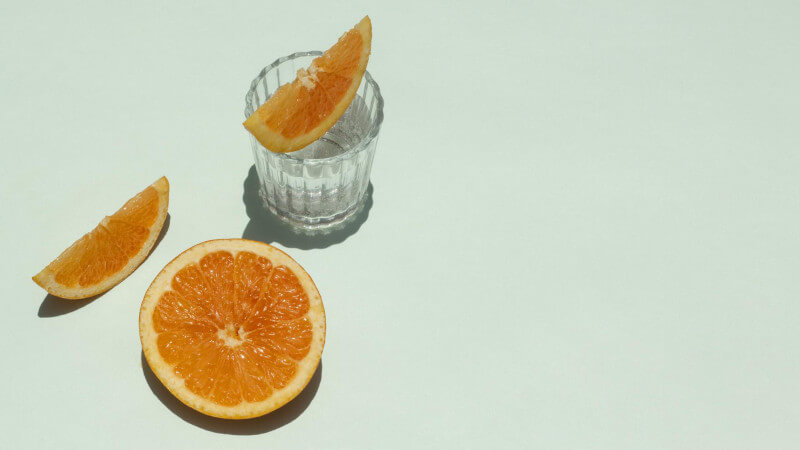
Famous examples of unique alcoholic beverages made in the Caribbean and Central America are rum and mezcal.
Caribbean Rum From Jamaica to Barbados to Cuba
In the Caribbean, rum is considered a national treasure. Rum comes in many different flavours and types, and it is made from sugarcane byproducts like molasses and sugarcane juice. Appleton Estate rums from Jamaica are well-known for their robust and funky flavour, while Mount Gay rums from Barbados are noted for their refined and silky texture. Havana Club and other brands of Cuban rum are well-known for their high quality and unique taste.
Mexican Mezcal
Mezcal is a Mexican liquor made from agave. In contrast to tequila, Mezcal is not limited to a single agave species in its production. The smokiness of mezcal comes from the traditional production process, which involves roasting the agave hearts in an underground pit. High-quality mezcal can be found under labels like Del Maguey and Mezcal Vago.
Bringing Out the Rich, Tropical Flavours
Spirits from the Caribbean and Central America are a delicious way to sample the region’s exotic cuisine. Flavour qualities in rum range from mild and flowery to robust and substantial. It’s commonly described as having hints of spice, caramel, vanilla, and tropical fruits. Mezcal, with its smokey and earthy overtones and flavour subtleties that can range from flowery and lemony to rich and profound, captures the essence of Mexico.
In the Caribbean and Central America, these spirits are significant because of how they are integrated into everyday life and special occasions. They have become shorthand for the easygoing island way of life, conjuring up mental pictures of fun festivals, beautiful beaches, and genuine hospitality.
Oceania and Australia
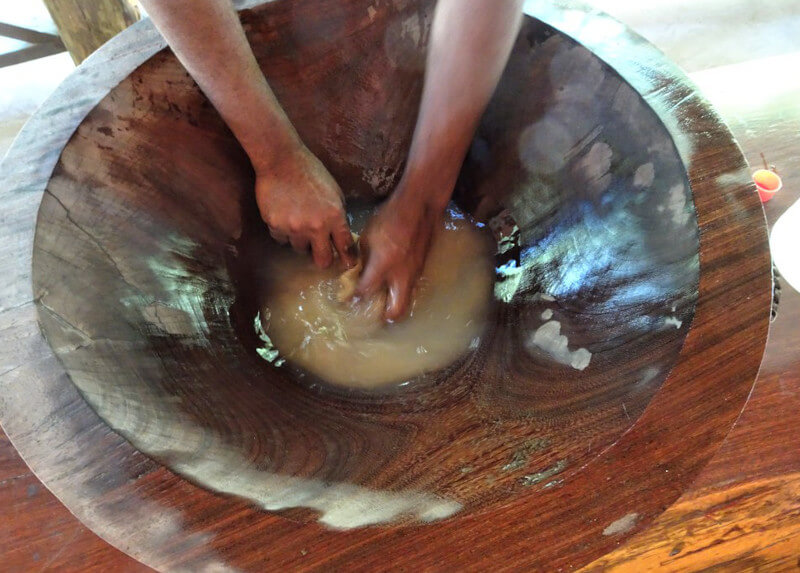
Exotic spirits from Australia and Oceania feature local ingredients and techniques to highlight the region’s rich culinary heritage. A couple of illustrations are as follows:
Australia’s Own Bundaberg Rum
The Australian spirit Bundaberg Rum has become a worldwide phenomenon. Molasses and fresh water from Queensland, Australia are used in its production. Bundaberg’s oak barrel ageing adds a characteristic caramel and vanilla flavour to the rum during the distillation process. Australia has a long tradition of producing high-quality rum, and this brand capitalises on that.
Fijiana kava
Kava is a ceremonial drink used extensively throughout the Pacific Islands, particularly in Fiji. The plant Piper methysticum is used in its production. A milky, earthy drink is made by grinding the root and combining it with water. During social events and traditional ceremonies, kava is typically shared as a sign of community and camaraderie due to its calming impact.
Discovering Links to Native Cultures
These strange beings hail from Australia and Oceania, and they have strong ties to the ancient traditions of the local aborigines. As an example, the long tradition of rum manufacturing in Australia is reflected in Bundaberg Rum, which has its roots in the earliest days of European colonisation. The company’s dedication to maintaining tradition and using only regionally obtained ingredients is a tribute to the history of the area.
In Fiji and other Pacific Island countries, kava has deep cultural significance. It has a long history of ceremonial and cultural significance. Kava ceremonies are integral to Pacific Island culture, representing bonds of friendship, mutual respect, and spiritual togetherness.
These liquors are a flavour of the indigenous cultures and customs that have defined Australia and the surrounding Oceania region. They shed light on long-held beliefs and practices as well as links to the land and its bounty. By delving into the history and lore of these libations, connoisseurs can better appreciate the region’s cultural wealth.

